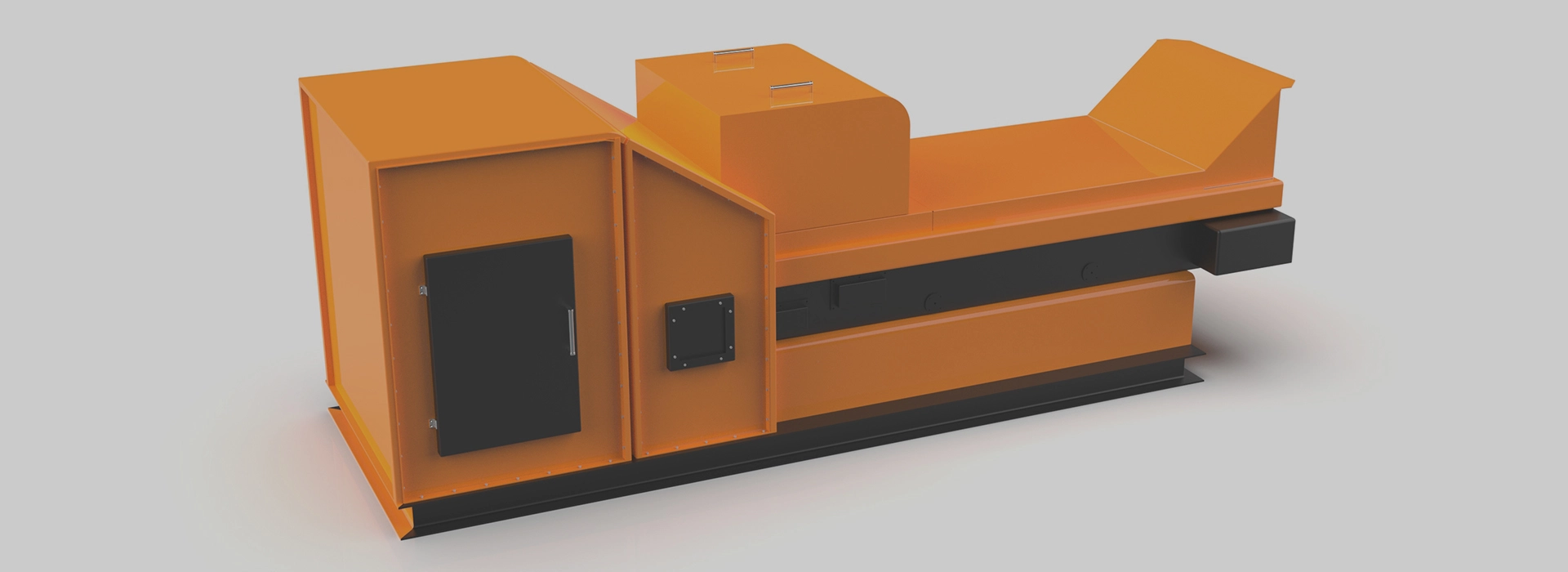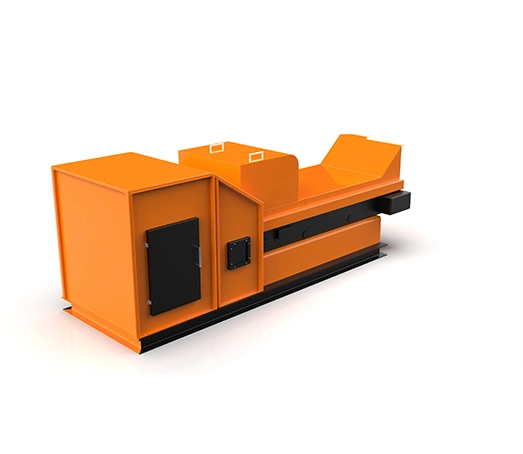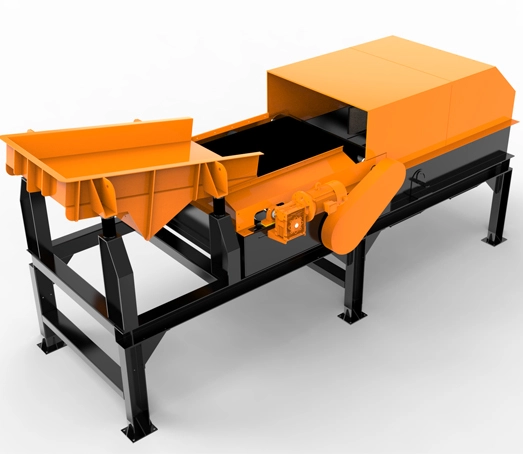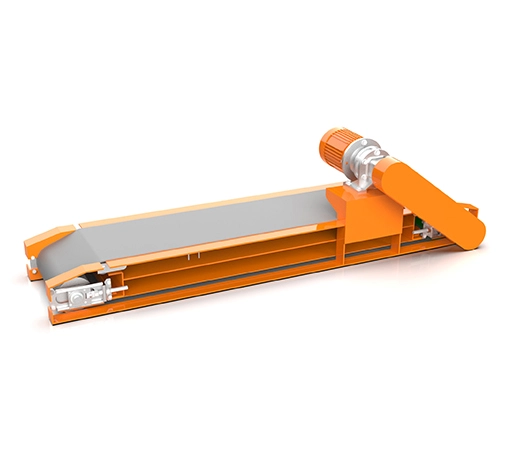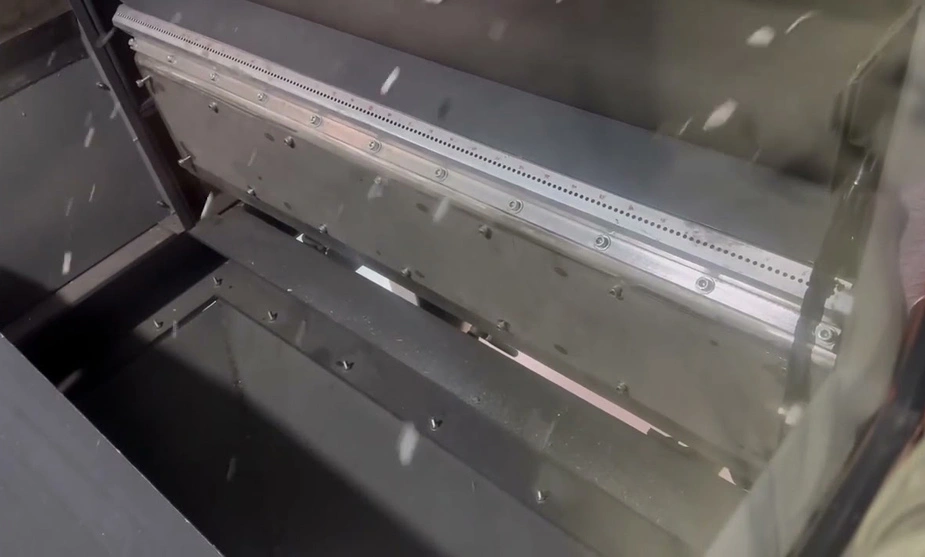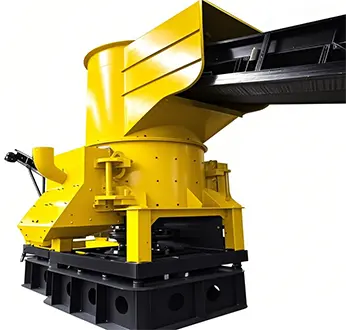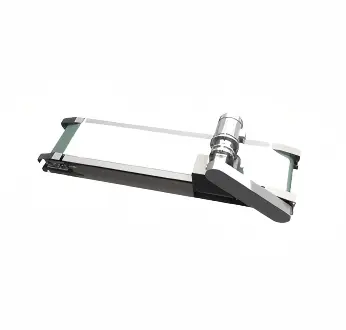In metal industrial applications, separators play a pivotal role, bringing multiple key benefits.
First, they enhance metal purity. Separators effectively remove impurities like non-metallic particles or unwanted alloy elements from metal batches. This is crucial for producing high - grade metals used in aerospace and electronics, where purity directly impacts performance.

 English
English 日本語
日本語 한국어
한국어 français
français tiếng việt
tiếng việt Indonesia
Indonesia Español
Español العربية
العربية русский
русский